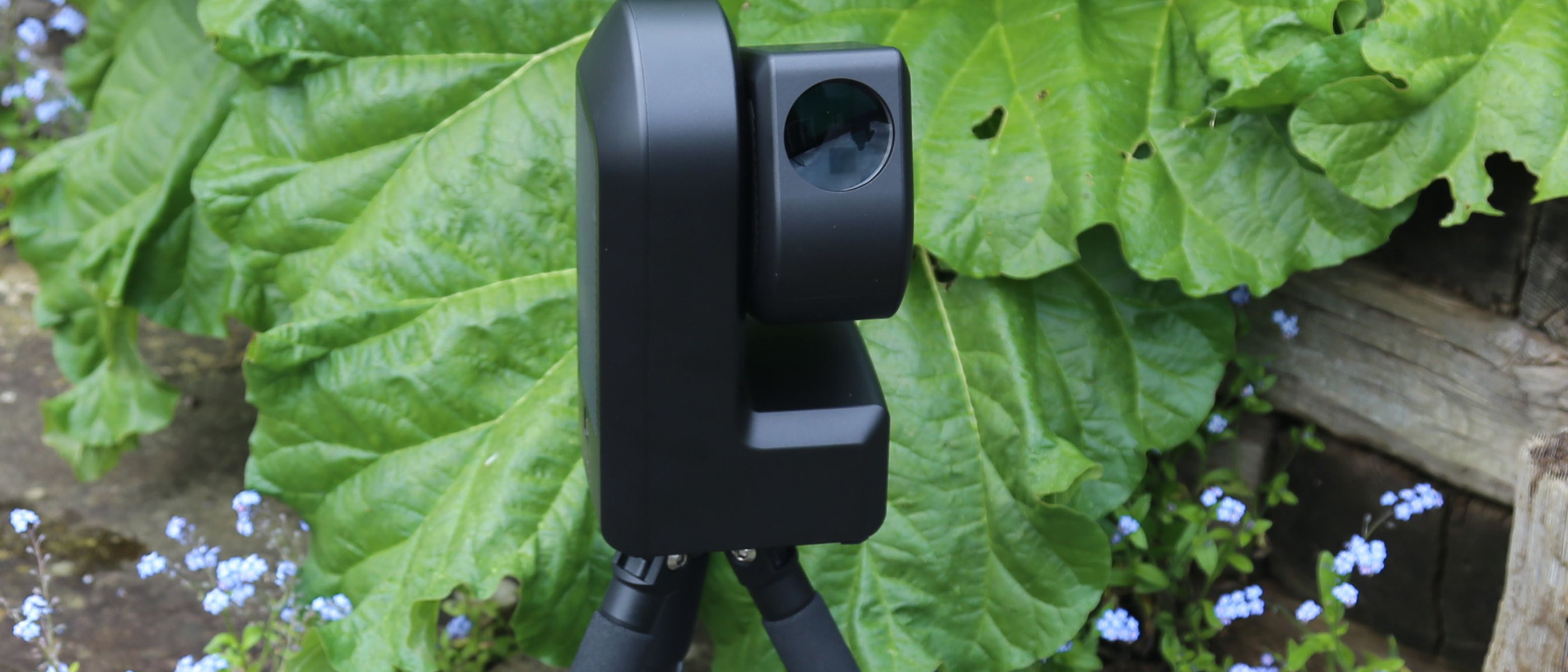Space Verdict
An excellent choice for astrophotographers and astronomers at any stage of their skill and experience, this smart telescope is well-designed, solidly built and easy to use. Crucially, it relies on an intuitive app, making capturing images of the night sky easy, albeit in reasonably low resolution. However, the Seestar S50 can also indulge in solar astronomy, making it a hugely enjoyable product to live with that punches way above its price point.
Pros
- +
Relatively affordable
- +
Intuitive app and easy setup
- +
Portable and easy to store
- +
Electronic focuser and dew heater
Cons
- -
Two-megapixel images
- -
Portrait images
- -
Short battery life
- -
'Recommended' section of the app is poor
Why you can trust Space.com
The ZWO SeeStar S50 is a smart telescope for the masses. At US $499 / UK £539, it's a fraction of the cost of the best smart telescopes from Unistellar and Vaonis. Similar to its pricier brethren, it's not like a traditional telescope, replacing an eyepiece with a camera sensor. You can only observe the night sky via the long-exposure images it sends to your smartphone, which makes thousands of faint objects visible despite light pollution.
Given that light pollution is rampant worldwide and that interest in astrophotography is burgeoning, the SeeStar S50 — which also has built-in light pollution filters — arrives at the perfect time. The telescope is a 2-inch (50mm) apochromatic triplet reflector with a focal ratio of f/5, ideal for a wide-field view of deep sky objects like galaxies, nebulas and open star clusters. However, at just 2MP, its image sensor is basic. It's also rectangular.
More portable than its rivals, but with a short battery life, the SeeStar is the ideal entry-level smart telescope for amateur astronomers who want a portable, easy-to-use telescope that can capture night sky images.
ZWO SeeStar S50 smart telescope: Design

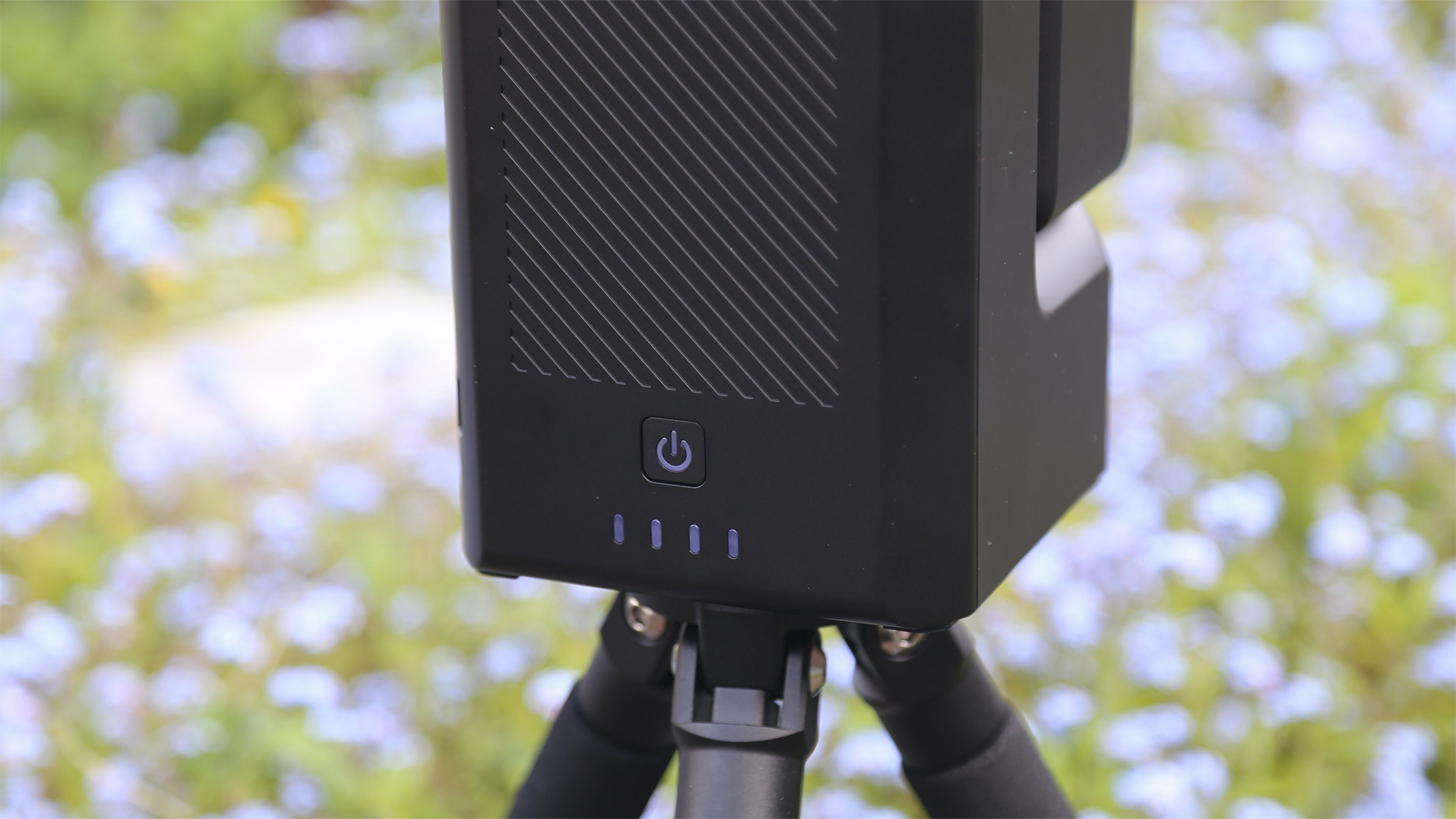

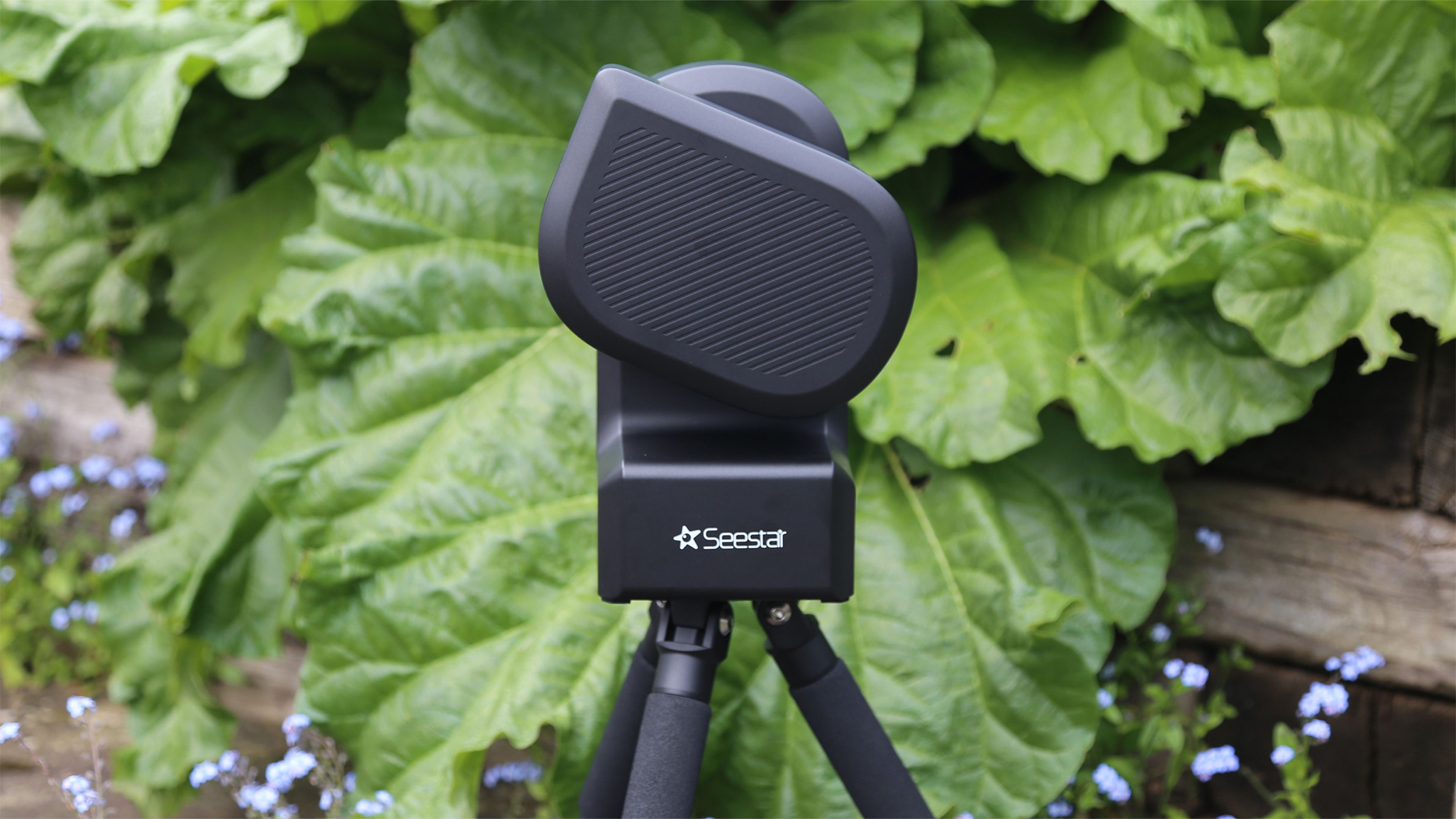
- Small in size and has solid build quality, but lacks an eyepiece
- Includes a sturdy but short tripod
- Comes in a protective carry case
The SeeStar S50 is remarkably small for a smart telescope. At just 5.5 lbs (2.5 kg), it can easily be carried to dark sky locations in a backpack. Its design is so compact that it can even be grasped with one (large) hand.
Optical design: Apochromatic (APO) triplet refractor
Aperture: 2-inch/50 mm
Focal length: 9.8-inch/ 250 mm
Focal ratio: f/5
Field of view: 44 x 77 arc minutes
Sensor: 1/2.8-inch Sony IMX462
Water resistance: N/A
Battery size/life: 6,000mAh
Total kit weight: 19.8 lbs (9kg) including tripod
Mount type: Alt-azimuth
Like most GoTo telescopes, it has two parts — a telescope tube and a mount. The former is a small 2-inch (50mm) apochromatic triplet reflector telescope in a teardrop-shaped chassis. The lens faces down when the product is asleep to protect it from scratches. It moves thanks to its motorized mount, which holds the onboard computer, 64GB hard disk and built-in 6,000 mAh lithium-ion rechargeable battery. It lasts about six hours, though it is possible to attach a portable battery.
The SeeStar S50 telescope has been thoughtfully designed, with a sleek chassis that makes it easy to carry around in a bag. However, Seestar does provide a carry case, which includes a cutout for the product to keep it very safe.
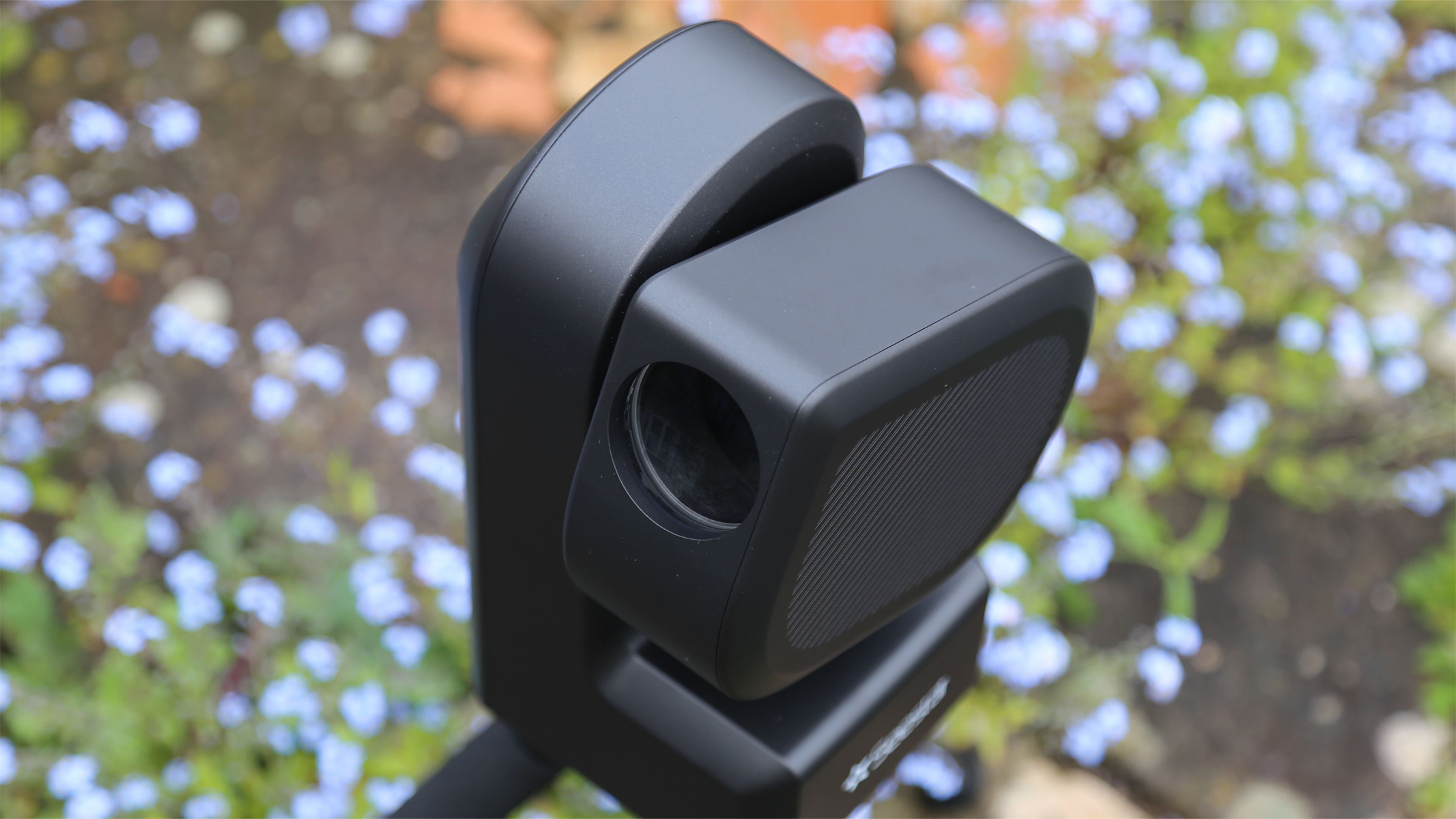
Inside that case is plenty of room for the SeeStar's tripod. It's reasonably small, with each leg stretching from 10-inches (26 mm) to 15 3/4-inches (40 mm) when extended, propping up the SeeStar 14-inches (36 mm) above the ground. Each tripod leg has padding, and it's a surprisingly good quality sturdy product, given the price point. It attaches to the undercarriage of the SeeStar using a simple 3/8-inch thread, so it would work just as well on a much larger photographic tripod. Once it's all folded away, the tripod is easy to store in a drawer, and the telescope can happily live on a bookshelf, where it can be left to recharge using the USB-C slot.
Breaking space news, the latest updates on rocket launches, skywatching events and more!
On the side of the Seestar S50 is a standby button, which requires a two-second hold to switch on. A reset button on the undercarriage must be used to confirm that your smartphone wants to connect via Bluetooth to the SeeStar's Wi-Fi network when attaching the SeeStar app.
ZWO SeeStar S50 smart telescope: Performance

- Easy to use, auto-aligns with stars
- Narrowband dual-band filter reduces the impact of light pollution
- Solar images are excellent using the optional solar filter
The most affordable smart telescope doesn't produce the best-quality images possible, but it's a hugely enjoyable product. Setup is easy, it's simple to use, and it's impressively versatile. For example, in addition to long-exposure images of distant objects in the deep sky, the Seestar S50 can indulge in solar astronomy and even be used in daylight.
Inside the Seestar S50 is a Sony Exmor IMX462 CMOS sensor with a resolution of 2 megapixels. That makes it the lowest-resolution smart telescope available. Its rectangular shape is also a little odd; it means rectangular, portrait-orientated images.
The Seestar S50 takes images of deep sky objects using exposures of 10 (or 20, or 30) seconds, stacking them. The longer you let a camera image an object, the more photons it will collect, but the more noise will be in the image. So, like all smart telescopes, the Seestar S50's computer stacks short exposures, a tried-and-tested astrophotography technique whereby multiple images are stacked to average out and, therefore, reduce noise.
For example, you might allow the SeeStar to capture the Whirlpool Galaxy for 10 minutes, leaving you with about 60 10-second images. Leave it tracking for an hour, and you'll get a better single image comprised of about 600 images. You'll see your images in the app's 'My Album' section, where you can easily share them (with built-in options including 'Moments' and 'AstroNet').
On most smart telescopes, that's your lot. On the SeeStar S50, you can return the next night or six months later and take more images of the same object. Then, at your leisure, you can activate the 'Deep Sky Stack' feature and get the SeeStar to stack your historical data. It's a nice idea, but since an alt-azimuth mount is being used, the telescope rotates as it tracks an object. That means blurred stars in the image's corners, an issue called field rotation. For most users, this will have no effect whatsoever.
Carbon Fiber Tripod
Carrying Case
Quick Start Guide
Solar Filter
Type-C cable
The Seestar S50 is not designed to be good with planets, but the images of Jupiter we managed to take were poor. Not so with lunar images though, which are so easy to make and incredibly impressive, with plenty of contrast and, above all, sharpness. If you're a fan of photographing the moon's phases, the Seestar is worth considering for that alone.
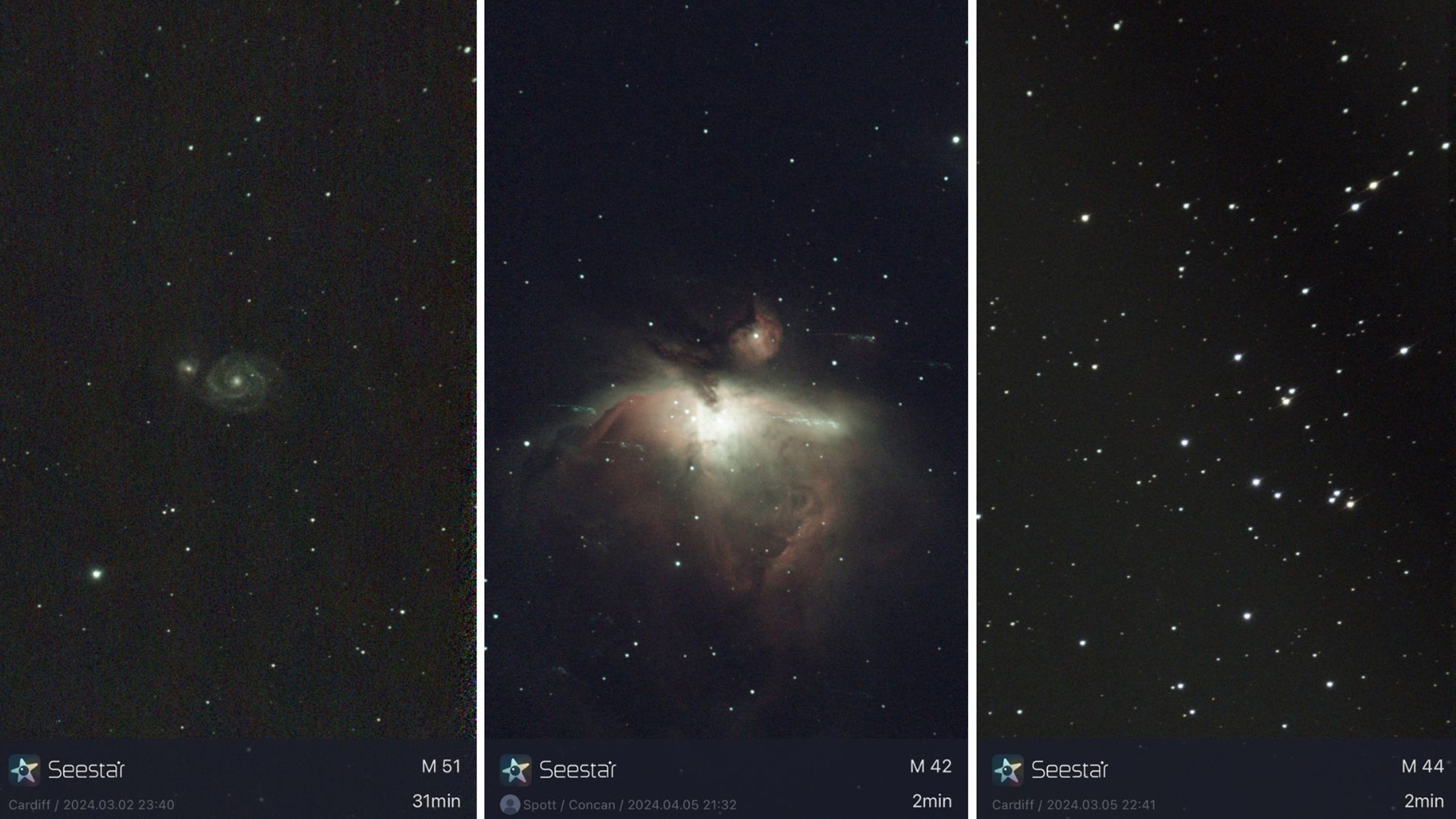
Another impressive feature of the Seestar S50 is its ability to take images of the sun. With the pop-on, pop-off solar filter in place, you simply put it into 'Solar' mode, and it automatically puts it in its field of view. There's a 2x and 4x zoom to get a close-up of sunspots, which look impressively sharp after engaging its electronic auto-focus. This makes the Seestar S50 perfect for anyone wanting to take advantage of the current solar maximum, which will mean plenty of sunspots to observe and capture over the next few years. Ditto the partial phases of solar eclipses, which the Seestar S50 is perfect for capturing.
ZWO SeeStar S50 smart telescope: Functionality
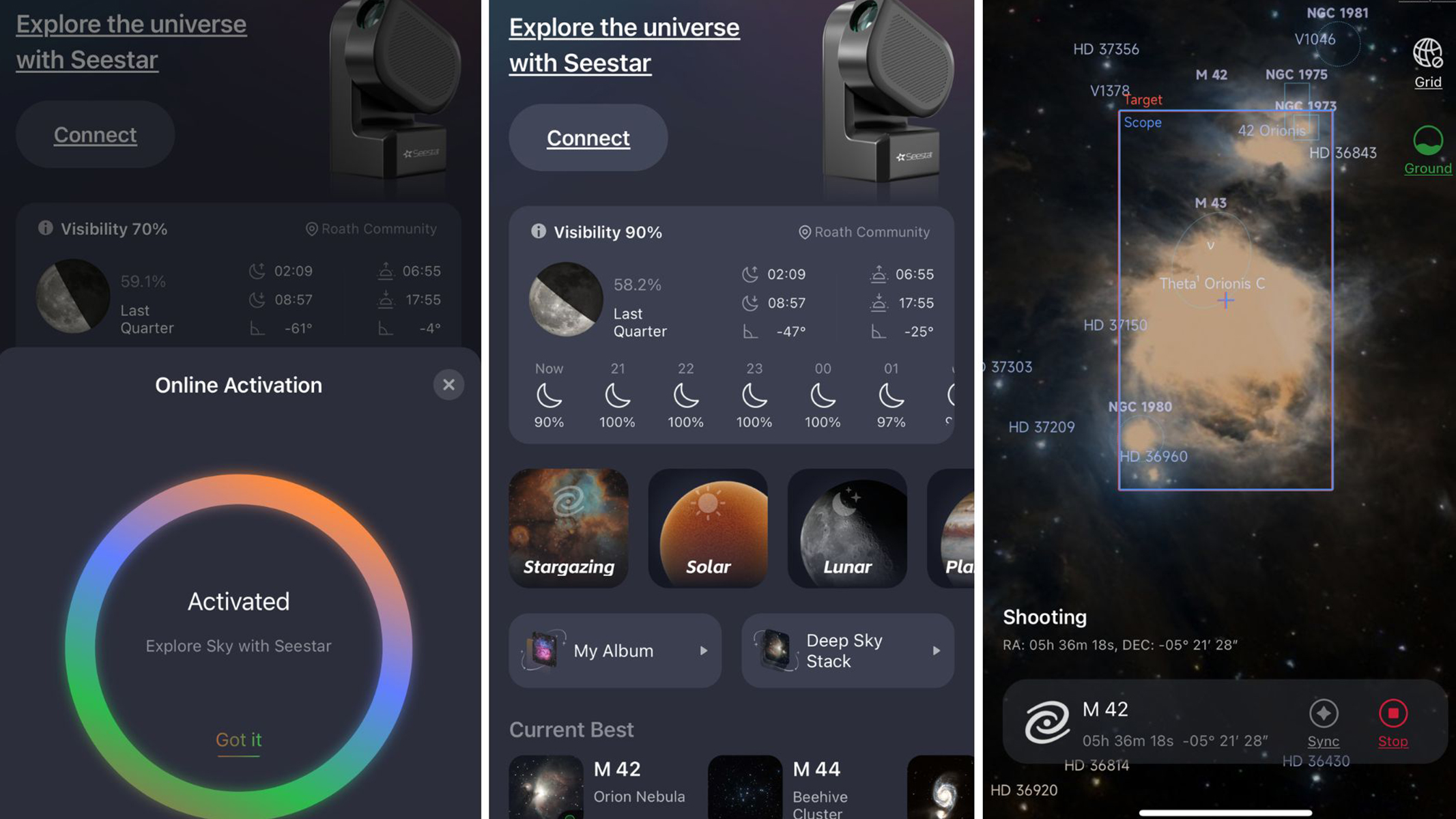
- The SeeStar app is intuitive and easy to use
- Pairing is easy to initiate, and reconnecting is easy
- 'Recommended' section lacks events
Smart telescopes live or die by the apps that control them. The SeeStar app is mostly excellent, connecting to the telescope quickly via Bluetooth, with a push-button on the telescope's undercarriage confirming the pairing. Operating the telescope with the app attached to the SeeStar S50's WiFi network is easy.
The first step is to move the telescope from the closed position to generally pointing in the direction you want. You do this using a virtual directional keypad on the screen. It speeds up the process but is not essential, because even if you leave it in the closed position, the SeeStar S50 will move to point at whatever object you choose from the app's 'Tonight's Best' section. It then auto-aligns and is ready for imaging.

Another way is to scan the app's built-in 'Sky Atlas' and choose an object yourself. It draws a virtual red box around the object, essentially showing you its field of view. You can then watch as the Seestar S50 moves to that object and attempt to replicate your chosen composition. You can watch it on the app as it moves its actual field of view onto the selected view until it's a perfect match.
Other aspects of the app we love include the 'Community' section that allows posting images to a social media-type group divided into sections for deep sky, solar, lunar, etc. A nice 'Nearby' function lets you see where SeeStars are being used in your general area (though anyone with privacy concerns can switch off the locator). As a bonus, the map of where you use it can have a 'Light Pollution Level' layer.
Our only issue with the app is its 'Recommended' section. While it should have seasonal events and a few passing comets, it gives only one monthly event. That's a pity because the main page of the app promotes events that have already happened, with the added confusion that each event has a date but not a year. To the untrained eye, it looks like an exciting list of future opportunities rather than an archive with no practical use. Something else the app lacks that other brands of smart telescopes offer is audio descriptions of objects. Nor is there a citizen science angle, as Unistellar smart telescopes offer.
Should you buy the ZWO SeeStar S50 smart telescope?
The SeeStar S50 is a great choice for anyone looking for an easy-to-use smart telescope that can capture stunning night sky images. Highly portable thanks to its compact design, the pairing of high-quality optics with an intuitive app makes for an excellent user experience, with impressive images of deep-sky objects possible a few minutes after placing the Seestar S50 outside.
Add high-end features like a dew heater and a solar filter, and the ability to use it as a telephoto lens during the day makes for a hugely enjoyable product. Its images are 1920x1080 pixels, which leaves it slightly behind the curve compared to other smart telescopes. Better smart telescopes are available, judged purely on image quality, but none get anywhere near the SeeStar S50's low price point.
If the ZWO SeeStar S50 smart telescope isn't for you
The ZWO SeeStar S50 is ideal for beginners in astronomy and astrophotography, but more expensive smart telescopes are available that are more ambitious and produce higher-resolution images.
If you want the very best, go for the Unistellar eVscope 2, a much larger 4.5-inch (114mm) reflector that has a 7.7MP image sensor and an electronic eyepiece designed by Nikon. Its battery lasts 11 hours, but the product weighs 19.8 lbs (9kg).
The more affordable Vanois Vespera II is between the Seestar S50 and the Unistellar eVscope 2 in size and price. At 11 lbs (5kg), this 2-inch (50mm) apochromatic quadruple lens refractor is easily portable and produces 6.2 MP images, but its battery lasts only four hours.

Jamie is an experienced science, technology and travel journalist and stargazer who writes about exploring the night sky, solar and lunar eclipses, moon-gazing, astro-travel, astronomy and space exploration. He is the editor of WhenIsTheNextEclipse.com and author of A Stargazing Program For Beginners, and is a senior contributor at Forbes. His special skill is turning tech-babble into plain English.
